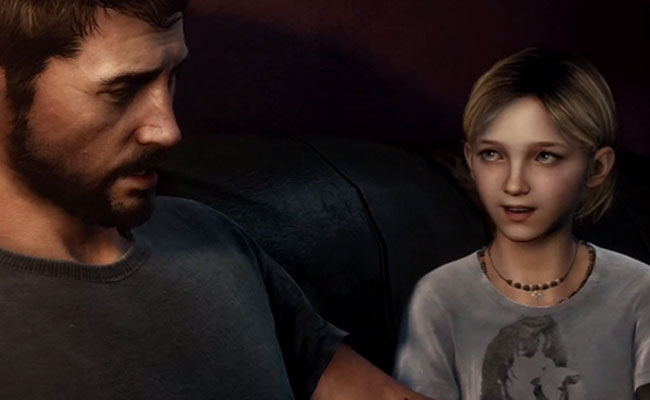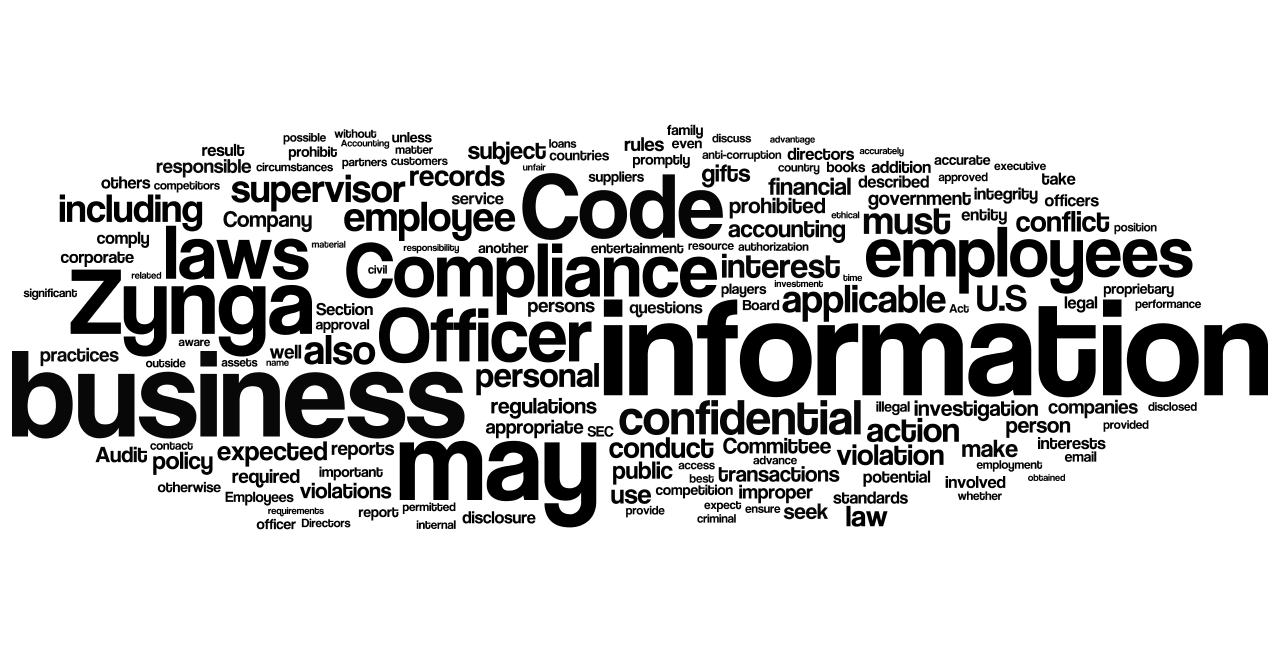This semester, I’ve been working as much on game creation as on games criticism and exploration. I’m working on three different projects, one with a larger team and two others with fellow NYMG contributor Ashley, and while I’ve worked on a few small efforts from time to time in the past, this more intensive focus on creation has shown me a little more about how and why it may be more difficult than we sometimes think for game designers to consider larger cultural issues.
Our first effort was a demo for a mobile game, a larger team project, not a big deal, and not much room for consideration of cultural position outside of thinking in terms of player engagement; we focused on what we wanted the game to do, the niche we hoped to fill, potential competitors, etc. Standard. But with that done, at least for now, Ashley and I have turned to creating games we plan to use as pedagogical tools in support of writing instruction, and we’re reminded of all the possible students who may come through our classrooms, who may be asked to engage with these games, so thinking very specifically as we design these experiences about gender, race, and culture. How the language of games situates the player, and how the language may or may not allow the player to situate themselves.
For us, it is second nature to consider gender, race, culture, language, and more. We can’t not think about impact in that sense. But even then, it’s easy to get caught up in the minutiae of process, thinking in small ways, thinking in steps, confining oneself to creating in pieces. When building a room, when thinking about all the possibilities of action within that room, it’s easy to start thinking in clear pathways, to think only about possibilities and actions; ideas of bodies in spaces can so easily fall to the wayside when buried in those considerations. And if that’s true for me, what happens for people who may not be trained to think specifically about inclusivity?
What I’m saying is: if even I, continually steeped in conversations about identity and representation as I am, get lost in hammering out mechanics, colors, art, actions, then how much harder must it be for teams splitting up major projects, particular with greater marketing concerns to weigh? So much time is spent then on form and function and future. I spend more time worried about code and actions than anything else lately. There’s a checklist, a continual list of things yet to be finished, and they all need attention. Something doesn’t work, or doesn’t work as it should, so back to the drawing board, back into the minutiae. Oh, the look’s not quite there; let’s start again. Repeat. Repeat.
Except… what’s easy to forget is that if a game lacks some awareness of its own cultural context, it’s broken. No, this isn’t to say every game needs to have points of identification for every possible kind of person, but that checklist of things that must be done, the decisions on color palettes and mechanics and menus and functions, those lists need to include examinations of character, of treatment, of context and world. Those lists need to include ideas of who will be interacting, and what that world, that space will mean to them, because after all, what is a game without a player anyway?
At the point of creation, at all those multiple points, we must learn to consider that the player may not be white, or male, or heterosexual, or fit neatly into a particular gender identity, and if we have particular narrative ends that tell particular stories, great. Construct those worlds and those characters, but let’s also make sure we’re not excluding a potential player just because no one bothered to make sure a wide range of skin tones are included, or that non-white characters aren’t thinly constructed tropes. Because those considerations are equal to all the rest, and as much a part of game creation. At least, they should be, and while this semester’s work in creation has helped me to understand more fully how details that may not seem as essential to a game’s necessary functions, particularly if a team is more homogeneous, it’s also shown me how much more important then it is to keep calling for more inclusivity. To be the reminder that more is possible. That we can do better.




